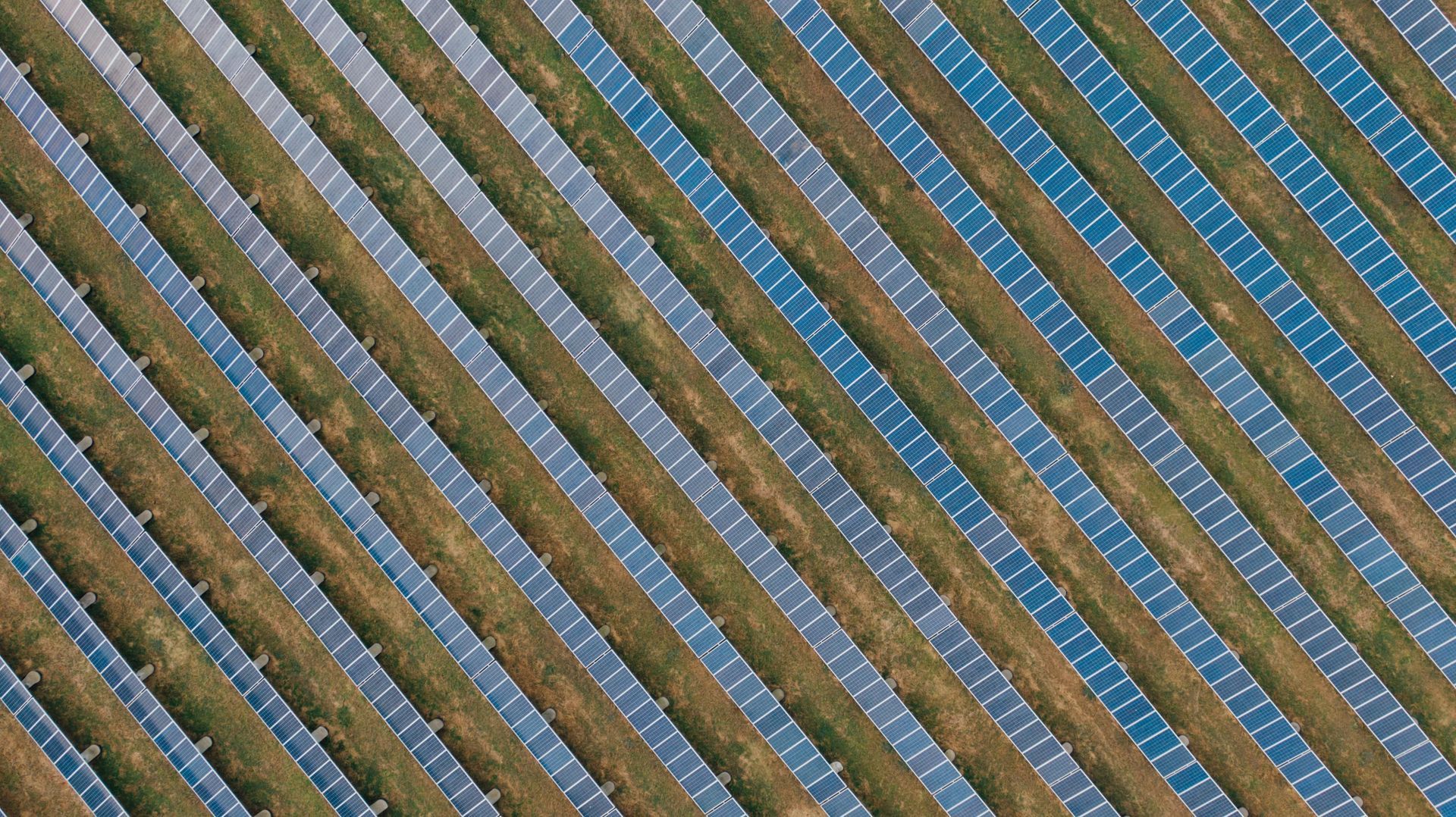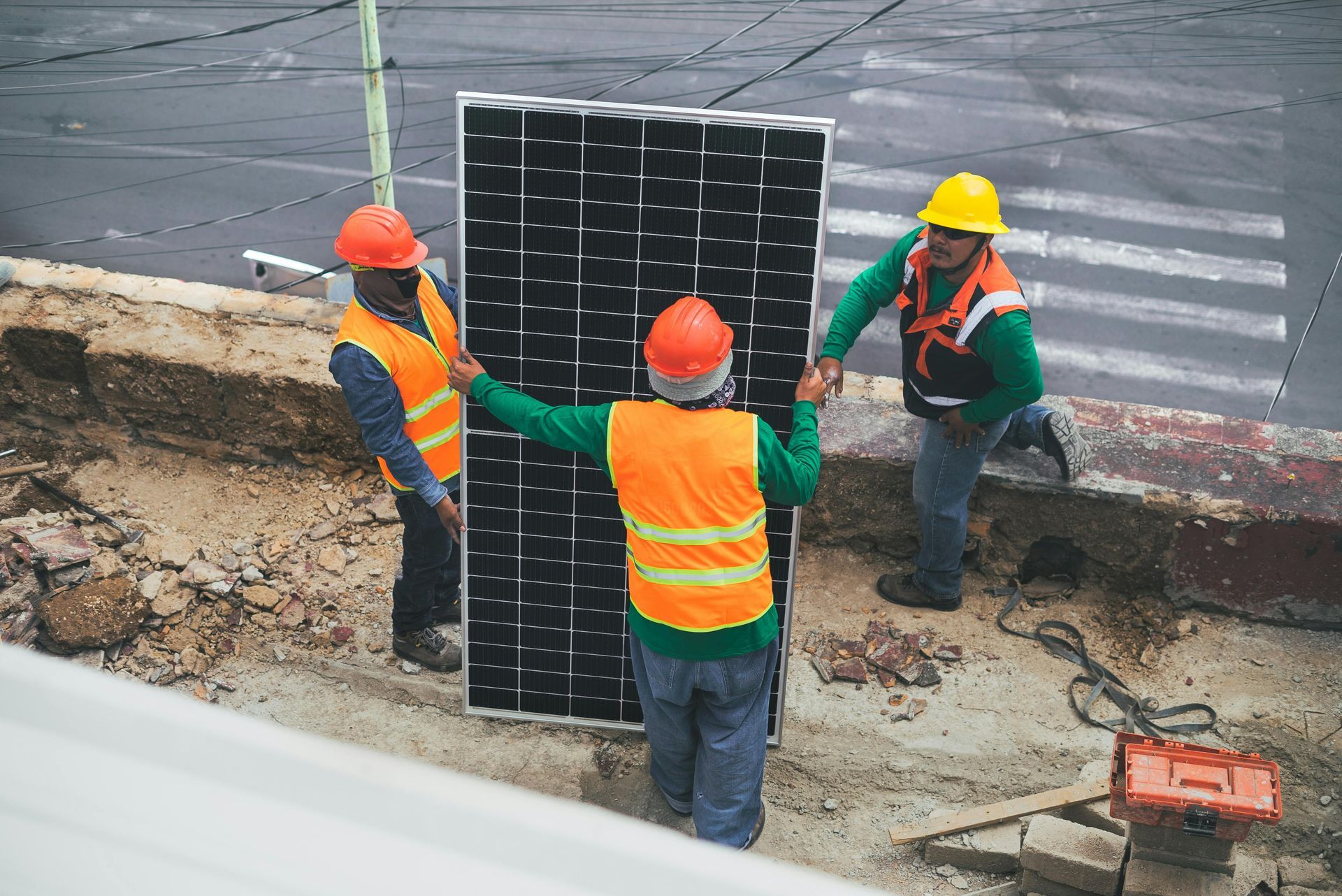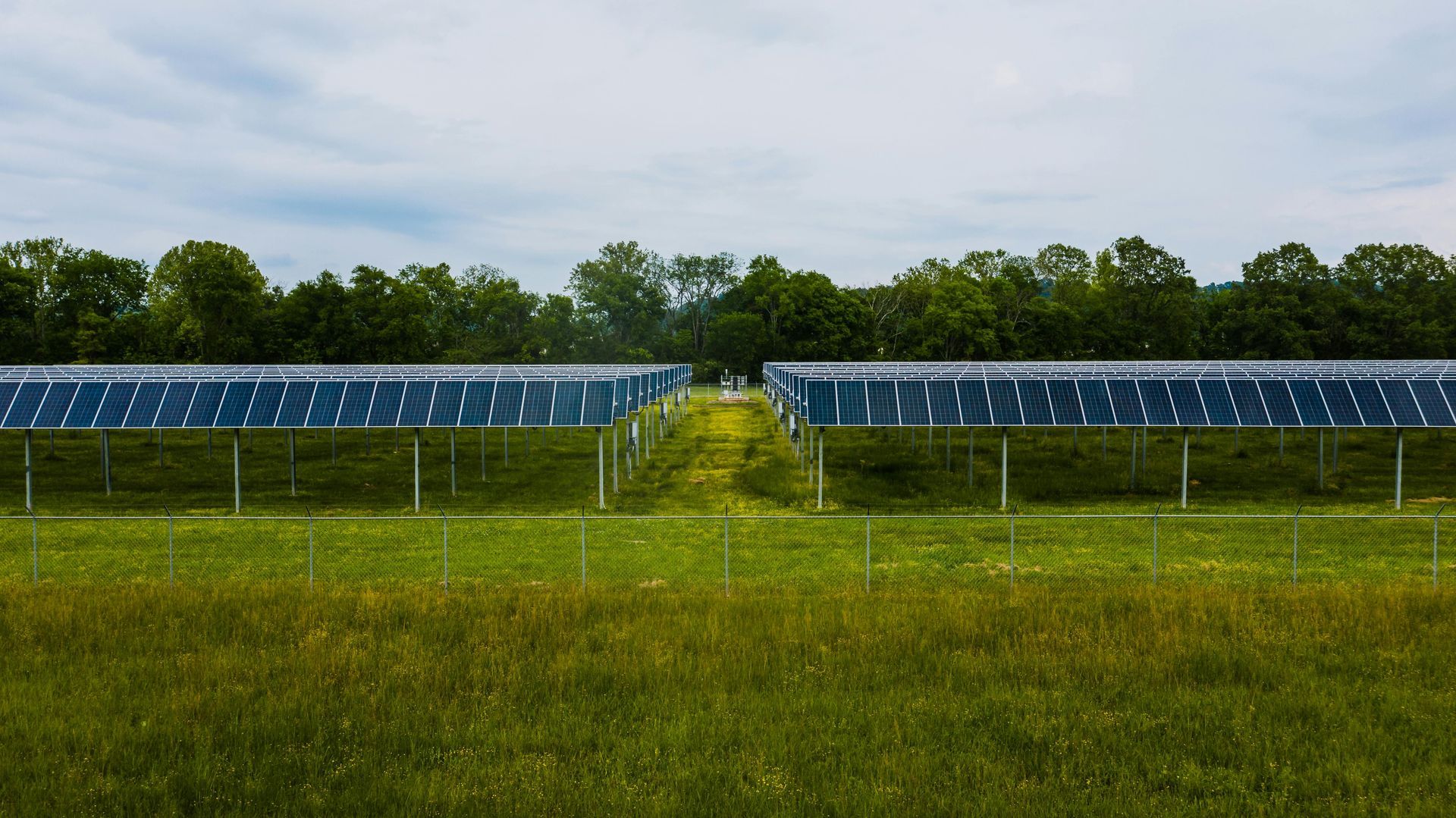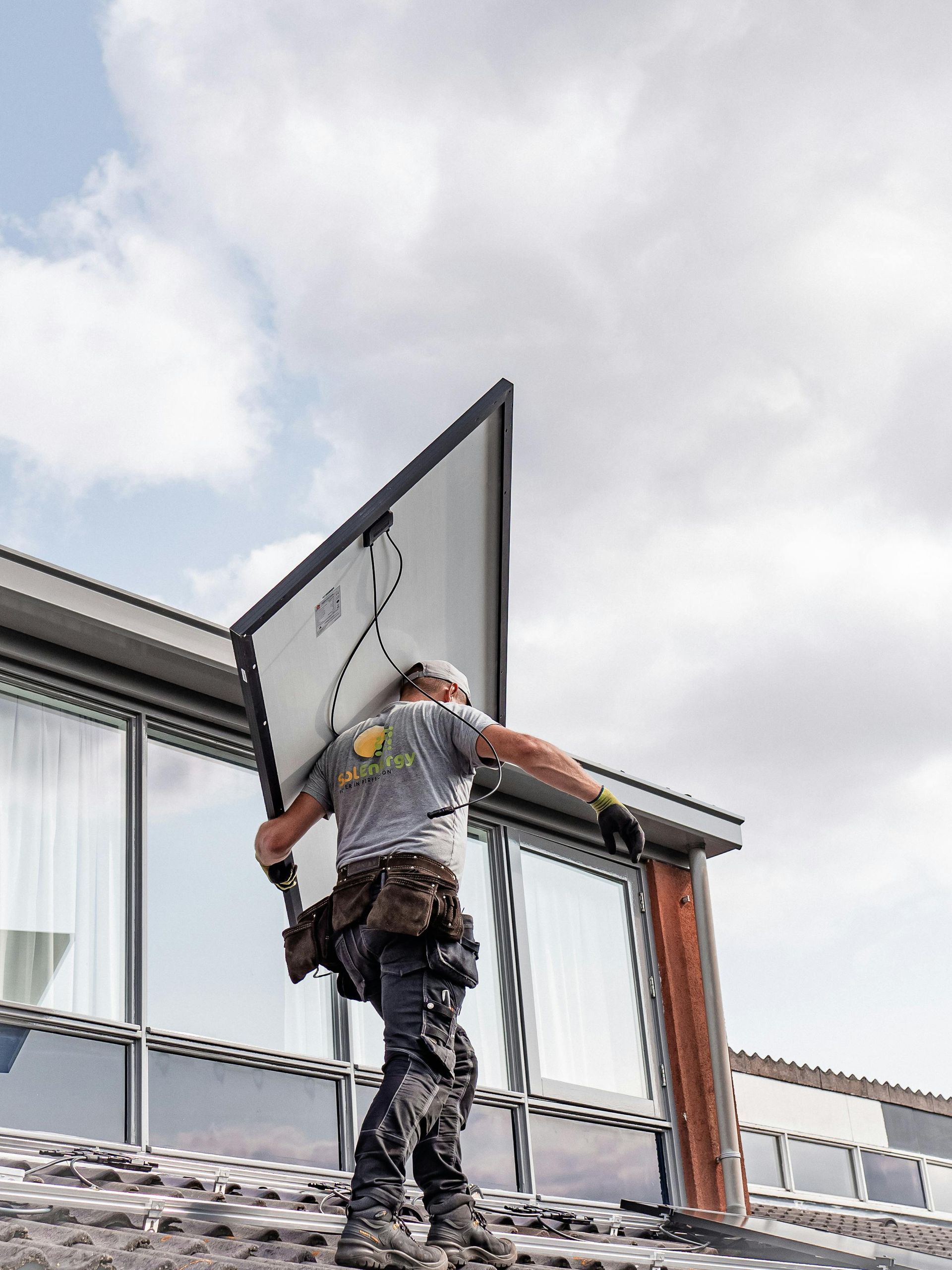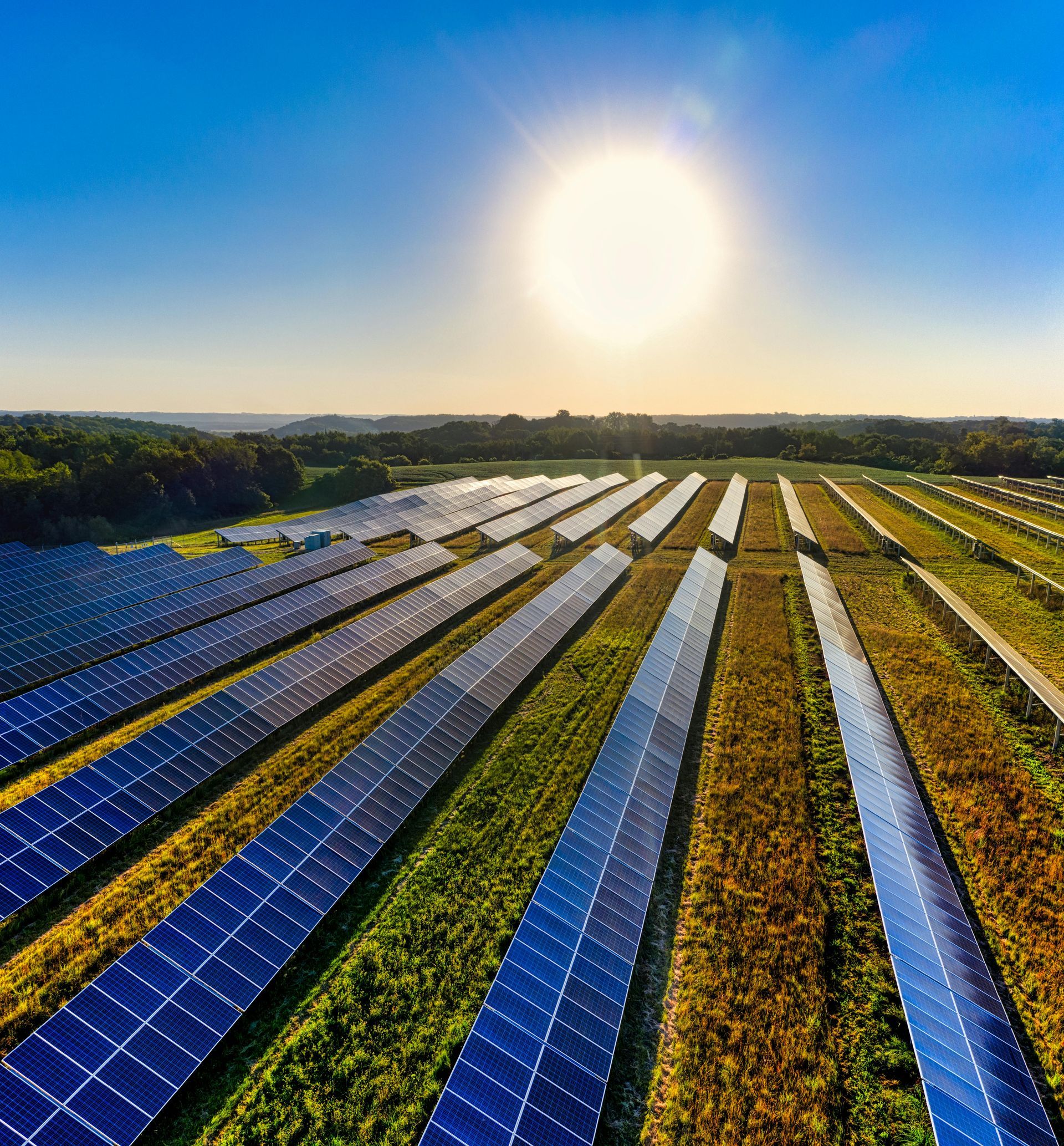Springfield IL Solar Panels: What Homeowners Need to Know Before Installing in 2025
Contact Us
We will get back to you as soon as possible.
Please try again later.
The shift toward renewable energy is no longer just a national trend—it is happening right here in Springfield, Illinois. With increasing energy costs and growing environmental concerns, many homeowners in Springfield Illinois are asking a vital question: is Springfield ready for solar?
Installing solar panels can help Springfield IL homeowners reduce their carbon footprints, making a positive impact on the environment while addressing these concerns.
The short answer is yes. But before you commit to installing solar panels on your property, there are several important factors to consider.
Understanding Springfield Illinois's Solar Potential
Springfield, located in central Illinois, enjoys a climate that is surprisingly favorable for solar energy generation. While it may not have the year-round sunshine of Arizona or California, Springfield averages about 190 sunny days per year. This level of sunlight is more than sufficient to make solar energy a worthwhile investment. In Springfield, the average system size for residential solar installations is around 6 kW, which helps homeowners estimate what might be typical for their own property.
Furthermore, Illinois’ position in the renewable energy movement has grown considerably over the past few years. The state government has introduced several programs that support homeowners who wish to transition to solar power. These incentives, combined with federal tax credits, make solar installations in Springfield not only feasible but financially appealing.
Financial Incentives for Springfield IL Residents
One of the key motivations for adopting solar energy is the financial benefit. Solar panels help homeowners save money by reducing their electric bill and monthly utility bill, and they can offset electric costs over time. Springfield homeowners have access to multiple incentives that can significantly reduce the cost of installing solar panels.
Federal Investment Tax Credit (ITC)
Currently, the federal government offers a generous incentive known as the federal solar tax credit for residential solar installations. As of 2025, homeowners can claim a 30% federal tax credit on the total cost of their solar system, including equipment and installation. This federal solar tax credit directly reduces the final cost of your solar system, lowering the true amount you pay after incentives are applied. This incentive alone can reduce thousands of dollars from your initial investment.
Illinois Shines Program (Adjustable Block Program)
Illinois offers one of the most attractive state-level incentive programs through Illinois Shines. This program allows homeowners to earn Solar Renewable Energy Credits (SRECs) for every megawatt-hour of electricity their system produces. These credits are then sold to utilities, generating a consistent stream of income that further improves the return on investment. Often, SRECs are purchased by utilities at a fixed price under multi-year contracts, providing predictable income for homeowners.
Springfield-Specific Incentives and Utility Programs
CWLP customers benefit from local utility programs designed to support renewable energy adoption. For example, the City Water, Light & Power (CWLP) utility offers net metering, allowing customers to earn credits on their utility bill for any excess energy their solar panels produce and send back to the grid. Customers can also participate in additional renewable energy programs, incentives, and services offered by CWLP to further support their clean energy goals.

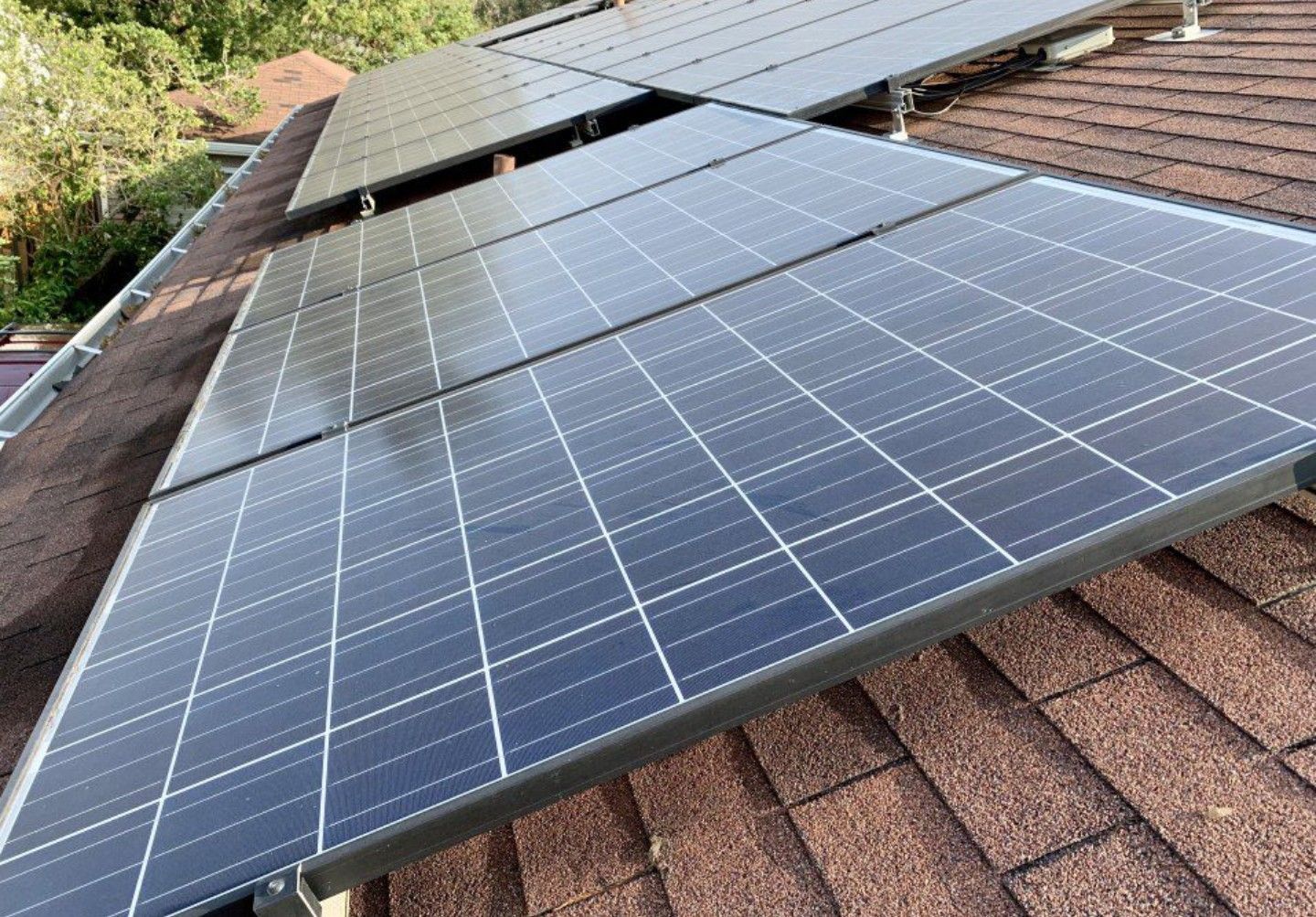
The Installation Process in Springfield
Understanding the solar installation process can help set proper expectations and ensure a smooth transition to solar power. For a successful solar project in Springfield IL, it is crucial to understand the application process, including obtaining permits and approvals required for installation.
Site Assessment and System Design
Every solar installation begins with a thorough site assessment. Improving your home's energy efficiency before installing solar can reduce the size and cost of your solar array. This involves evaluating your roof’s orientation, shading, structural integrity, and available space. Based on this assessment, a custom system design is created to maximize energy production and financial return, including determining the optimal solar array configuration for your property.
Permitting and Approvals
In Springfield IL, securing the necessary permits is a critical step. Fortunately, local authorities are generally supportive of solar projects, and experienced installers can navigate this process efficiently. Permits typically include building, electrical, and sometimes zoning approvals.
Installation and Activation
Once permits are approved, the solar panel installation usually takes a few days. After installation, your system must be inspected and approved before it can be connected to the grid and activated. From start to finish, the entire process typically spans several weeks to a few months, depending on the complexity of the project and permitting timelines.
Environmental Impact: A Local and Global Benefit
Choosing to install solar panels in Springfield IL extends beyond personal financial savings. It contributes significantly to environmental sustainability. Illinois still relies heavily on fossil fuels for electricity generation. By switching to solar—and other renewable energy sources like wind—you directly reduce your household’s carbon footprint, decrease reliance on non-renewable resources, and support a cleaner, healthier environment for the entire Springfield community.
Springfield is home to a population that values sustainability. Local initiatives, such as the city’s Municipal Electric Aggregation Program and various community solar projects, reflect a growing commitment to clean energy. When homeowners invest in solar, they align with these community values and set an example for others to follow. Investing in solar also supports Springfield’s transition to a clean energy future, helping the city move toward more sustainable and environmentally friendly solutions.
Myth 1: Springfield Doesn't Get Enough Sun for Solar to Work
While Springfield may experience cloudy days and seasonal variations, solar panels are still highly effective. The latest technology in solar panels allows them to generate electricity even on overcast days. Systems are designed to accommodate the local climate, ensuring reliable energy production year-round.
Common Myths About Solar in Springfield, IL
Myth 2: Solar Panels Are Too Expensive to Afford
With the available federal, state, and local incentives, the upfront cost of solar has decreased dramatically. The average price of a solar panel system in Springfield, IL, before incentives, is typically around $2.70 to $3.10 per watt, which helps homeowners estimate their initial investment.
Many financing options also exist, including solar loans and leasing programs, which make solar accessible to a wide range of homeowners.
Despite the numerous benefits, some misconceptions persist about solar energy, especially in the Midwest. Over the past decade, the solar industry has seen significant advancements, resulting in lower costs and improved technology, making solar energy more accessible than ever. It’s important to address these to make informed decisions.
Myth 3: Maintenance is Complicated and Costly
Solar panel systems require minimal maintenance. Routine cleaning and occasional inspections are usually sufficient. Most reputable systems come with 20-25 year warranties, ensuring long-term peace of mind, and have a life expectancy of more than 30 years, providing long-term reliability.
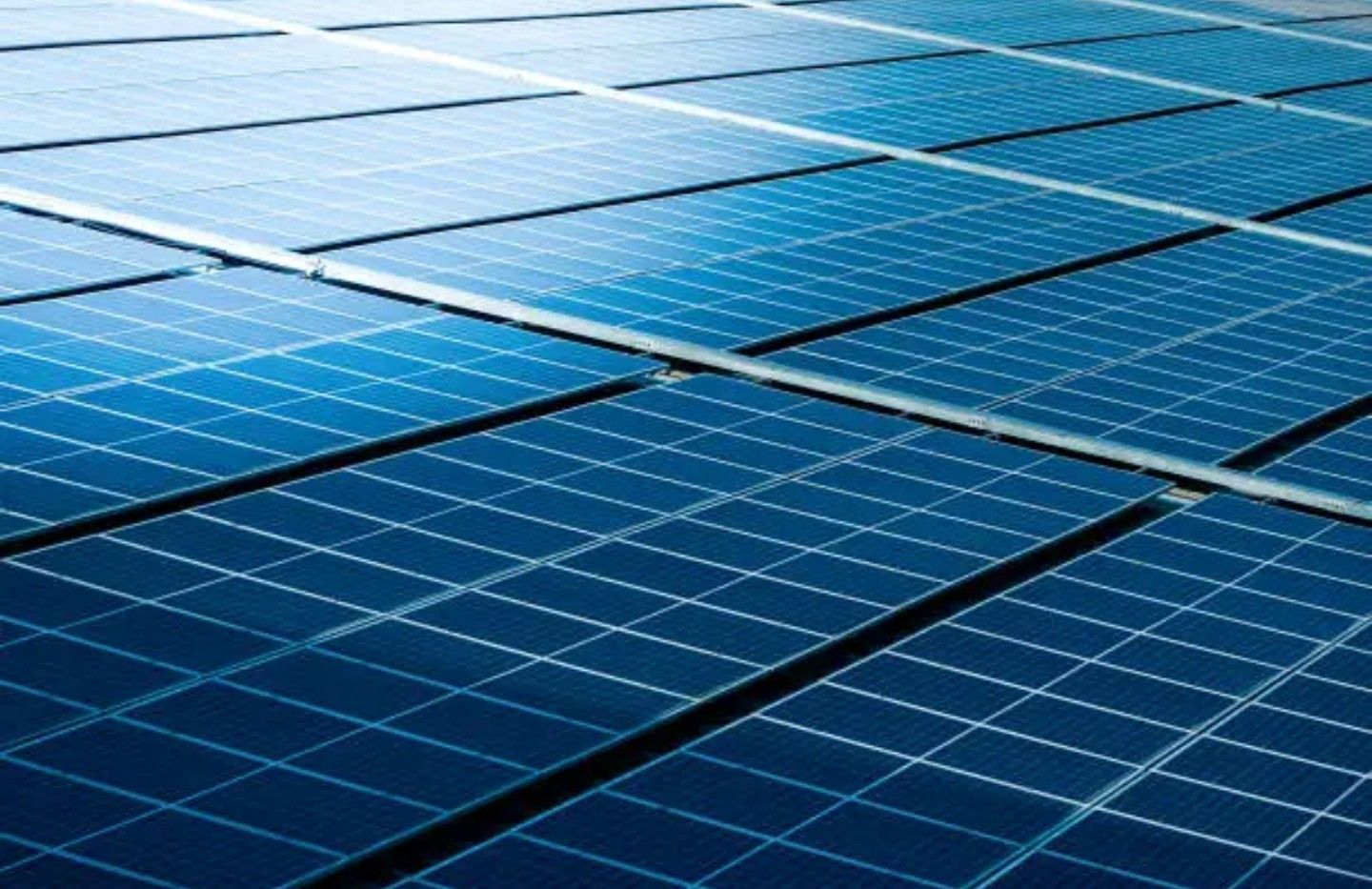
Six Common Questions About Solar in Springfield, IL
How long will it take for solar panels to pay for themselves in Springfield?
Most Springfield homeowners can expect a solar payback period of 6 to 9 years, depending on system size, energy usage, and incentive eligibility. After this period, homeowners enjoy the advantage of essentially free electricity and significant long-term savings for the remainder of the system’s 25+ year lifespan.
Will my solar panels work during Springfield's winter months?
Yes. Solar panels still generate electricity in the winter. Snow can temporarily block sunlight, but panels are typically installed at angles that encourage snow to slide off. Cold temperatures can also improve panel efficiency.
What happens if my solar system produces more electricity than I use?
With net metering available through CWLP, any excess electricity generated by your PV system is sent back to the grid. You receive credits that can be used to offset future utility bills, maximizing your savings year-round.
Do I need a new roof before installing solar panels?
If your roof is near the end of its lifespan (typically 20-30 years), it's often advisable to replace it before installing solar panels. This prevents the need to remove and reinstall panels for future roof work.
Can solar panels increase my home value in Springfield?
Yes. Studies consistently show that homes with solar energy systems sell faster and at higher prices. Buyers are attracted to the promise of lower energy bills and sustainable living.
Are there homeowners associations (HOAs) in Springfield that might restrict solar installations?
While some HOAs may have guidelines, Illinois law includes provisions that limit the ability of HOAs to prevent solar installations. It’s always best to review HOA bylaws, but state regulations are generally favorable to homeowners.
Looking Ahead: The Future of Solar in Springfield
Springfield is poised to become a leader in residential solar energy in the Midwest. As technology advances, costs continue to fall, and incentives remain robust, more homeowners and businesses are recognizing the benefits of solar power. Businesses in Springfield are also adopting solar panels to reduce operational costs and take advantage of available tax credits and financial incentives. Solar energy can power not only homes but also appliances and commercial operations, demonstrating its versatility and practical benefits. By investing in solar today, Springfield residents and business owners are not only securing long-term financial savings but also contributing to a cleaner, more sustainable community.
Ellingson Solar is committed to helping Springfield homeowners and businesses navigate the transition to renewable energy. With expert guidance, customized solutions, and local experience, your journey to solar energy can be smooth, rewarding, and impactful.
News & Blog
